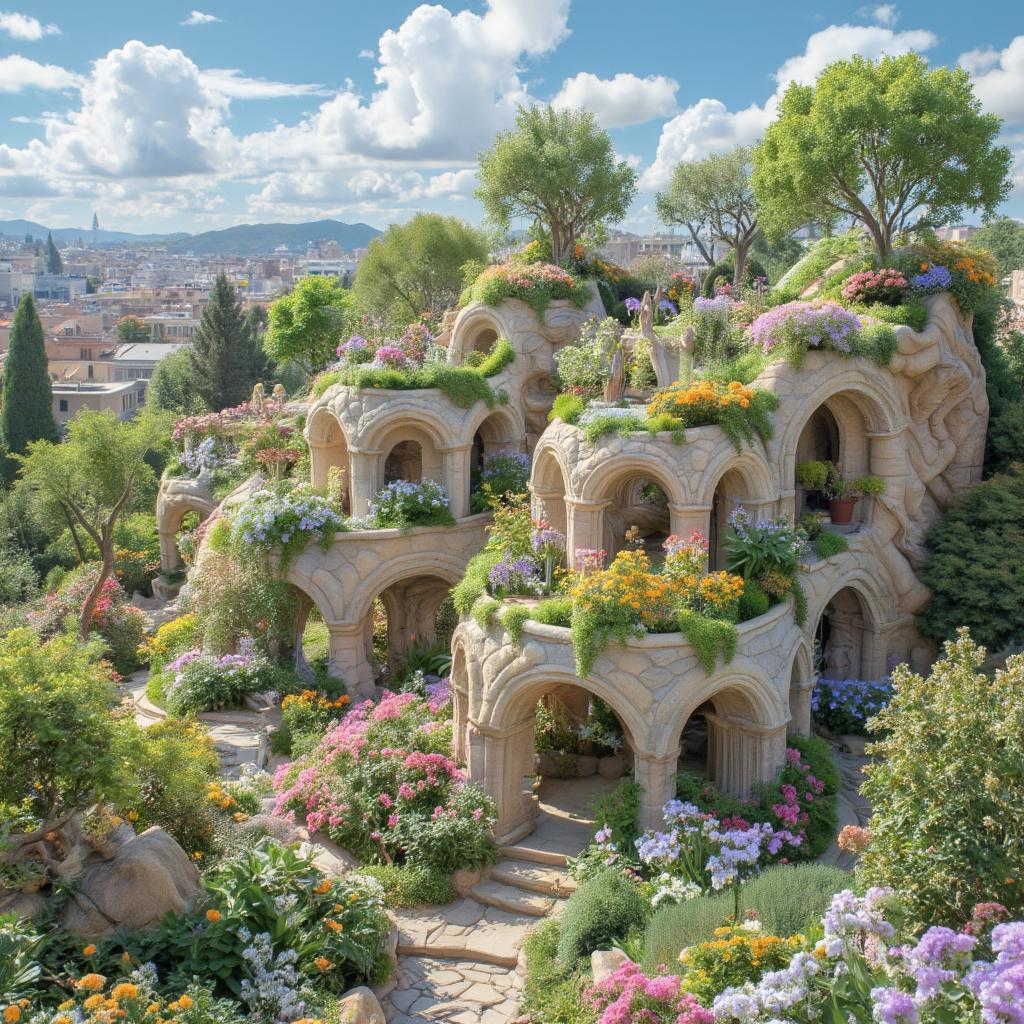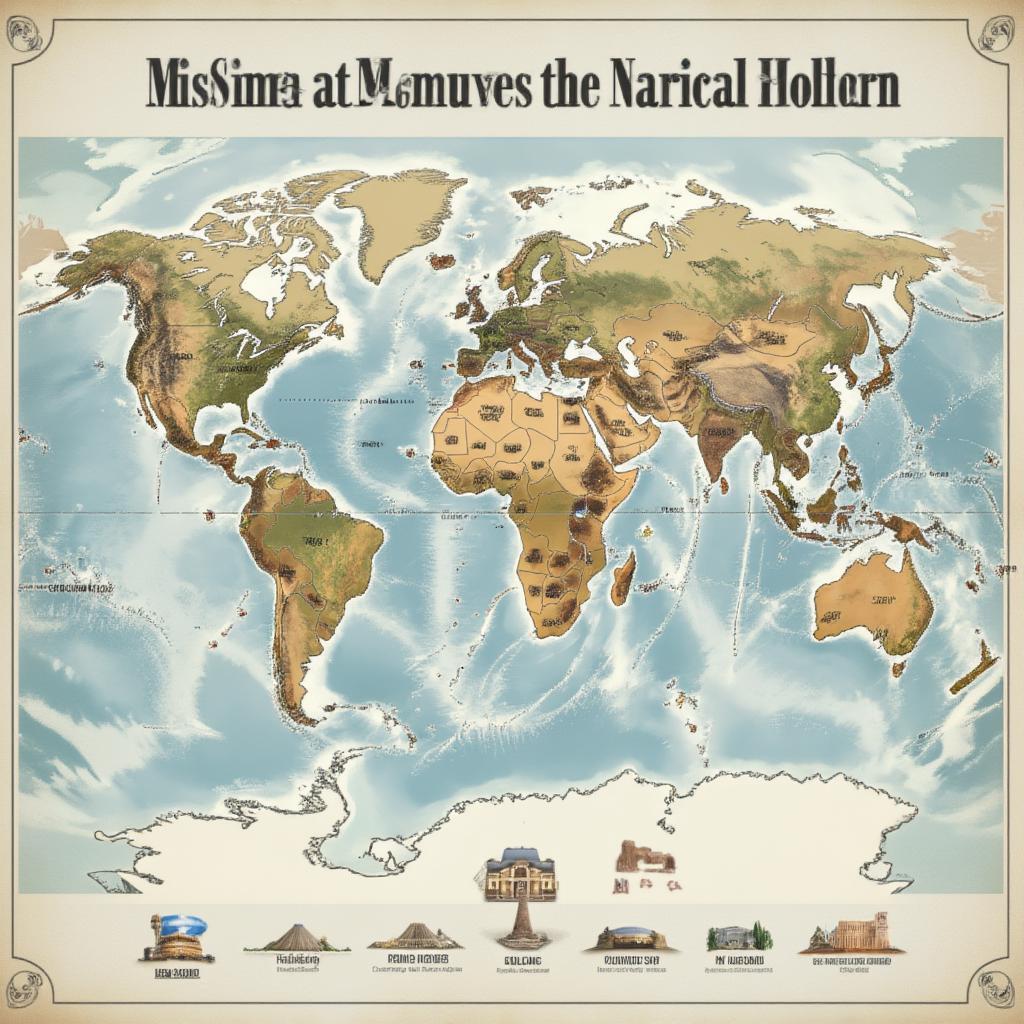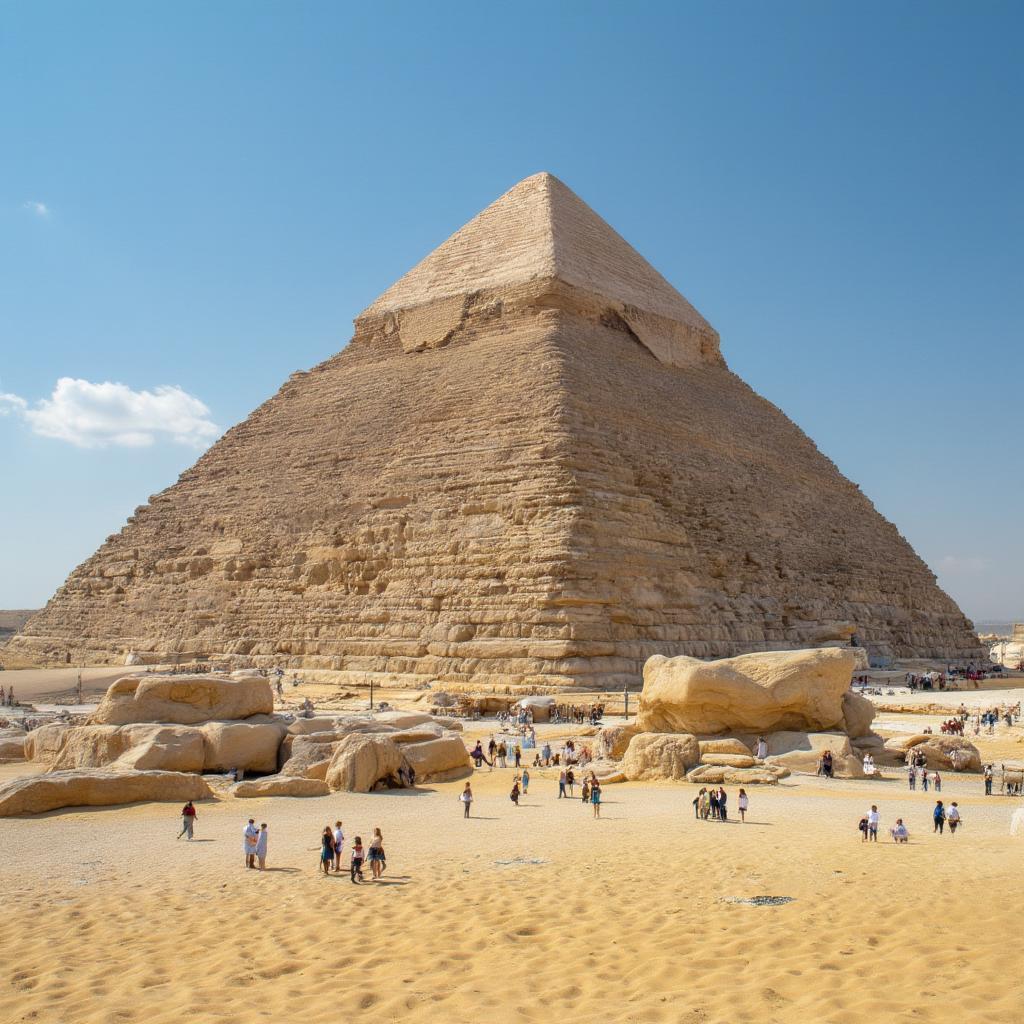Unveiling the Seven Wonders of the Ancient World: A Journey Through Time

Have you ever wondered about the magnificent structures that once dominated the ancient world? These weren’t just buildings; they were colossal testaments to human ingenuity, artistry, and ambition. The Seven Wonders Of The Ancient World Names are more than just a list; they are a gateway to understanding the civilizations that shaped our world. Let’s embark on a journey to discover these incredible feats of engineering and artistry.
The concept of a “list of wonders” can be traced back to ancient Greek historians and travelers. These individuals, captivated by the marvels they encountered, began to document and categorize the most extraordinary structures they had witnessed. These early lists, however, varied quite a bit, but they eventually solidified into what we now know as the seven wonders of the ancient world. These magnificent structures, primarily located around the Mediterranean region, were a testament to human achievement in a world devoid of modern technology. The sheer scale and craftsmanship of these wonders are truly awe-inspiring.
What Are the Seven Wonders of the Ancient World?
The original seven wonders of the world represent the epitome of architectural and artistic achievement in ancient times. These wonders, while some have crumbled into the dust of history, continue to ignite the imagination and prompt fascination. The seven wonders list is not a static one; rather, it’s an evolving concept based on the historical understanding and the structures that survived over time. So, what exactly were these remarkable monuments that earned the title of wonder?
Here’s a definitive list of the old 7 wonders of the world names:
- The Great Pyramid of Giza
- The Hanging Gardens of Babylon
- The Statue of Zeus at Olympia
- The Temple of Artemis at Ephesus
- The Mausoleum at Halicarnassus
- The Colossus of Rhodes
- The Lighthouse of Alexandria
Let’s explore each of these ancient wonders in detail, delving into their history, architecture, and the lasting legacy they’ve left behind.
The Great Pyramid of Giza: A Monument to Eternity
The only remaining wonder of the ancient world, the Great Pyramid of Giza stands tall as a symbol of ancient Egyptian engineering and power. It was constructed as a tomb for the pharaoh Khufu during the Old Kingdom period, sometime around 2580–2560 BC. Unlike what is commonly believed, the pyramids were not built by slaves but by skilled laborers.
The Great Pyramid was constructed from over two million limestone blocks, each weighing several tons. Its size is staggering, with an original height of 146 meters (481 feet). Its precise orientation to the cardinal points and the complex internal passageways continue to astound researchers. Even today, the methods used to construct such a massive structure remain a source of fascination and discussion. The Great Pyramid serves as a reminder of the vast wealth, power, and dedication to the afterlife that characterized ancient Egyptian culture. You can dive deeper into its details by looking into the old 7 wonders of the world.
The Hanging Gardens of Babylon: An Oasis in the Desert
Legend speaks of the Hanging Gardens of Babylon, a lush, terraced garden rising high above the arid landscape. This wonder was supposedly built by King Nebuchadnezzar II in the 6th century BC for his homesick wife, Amytis of Media. Descriptions of the gardens detail an elaborate system of irrigation that allowed for a diverse array of plants to flourish on multiple levels.
According to historical accounts, the gardens were built on top of a series of vaulted, stone arches. While archaeological evidence of the Hanging Gardens is scarce, the stories surrounding them suggest an incredible feat of engineering and landscaping, the scale of which is hard to fathom today. The Hanging Gardens represent the ancient civilization of Babylon and their ability to create art from necessity and ambition, as described further in the article on the old 7 wonders of the world names in english.

The Statue of Zeus at Olympia: A Divine Masterpiece
Created by the renowned Greek sculptor Phidias around 435 BC, the Statue of Zeus was a massive gold and ivory sculpture housed in the Temple of Zeus in Olympia, Greece. Depicting the king of the gods seated on a throne, the statue was considered one of the finest examples of classical sculpture. The statue was approximately 12 meters (40 feet) tall, and its sheer size and grandeur awed the spectators of its time.
The use of gold and ivory, both precious materials, further contributed to the statue’s magnificence. The Statue of Zeus, beyond being a work of art, was a symbol of religious significance. The statue was a focal point during the Olympic Games held in Olympia, highlighting the link between religion, art, and athletic competition. “The statue of Zeus was not just a sculpture; it was an embodiment of the divine itself,” explained Dr. Eleanor Vance, an expert in ancient Greek art, emphasizing its cultural significance.
The Temple of Artemis at Ephesus: A Sanctuary of Beauty
Located in the ancient city of Ephesus (present-day Turkey), the Temple of Artemis was a grand structure dedicated to the Greek goddess of the hunt. Its construction began around 550 BC and was celebrated for its magnificent scale and architecture, complete with towering marble columns and impressive artwork. The temple was one of the largest and most complex buildings in the ancient world. It was destroyed and rebuilt several times before finally being left in ruins.
The Temple of Artemis was known for its stunning craftsmanship. The complex was decorated with gold and silver artwork. Its size and scale made it a symbol of religious devotion and civic pride. The temple also played an important role as a sanctuary, offering protection to those seeking refuge. Even in ruins, the Temple of Artemis speaks volumes about the engineering prowess of ancient Greek architects, as you will find in the article about the name of seven wonders in the world.
The Mausoleum at Halicarnassus: A Tomb Fit for a King
The Mausoleum at Halicarnassus was a lavish tomb built for Mausolus, a satrap in the Achaemenid Empire. It was constructed between 353 and 350 BC in the ancient city of Halicarnassus (present-day Bodrum, Turkey). The tomb, designed by Greek architects, was a tall structure that combined Greek, Egyptian, and Lycian architectural styles. Its ornate design and impressive scale made it one of the most admired structures of its time.
The Mausoleum was decorated with intricate sculptures and reliefs, adding to its grandeur. The sheer size and decorative elements of the monument have influenced the way we think about architecture. It’s from this very monument that we get the word ‘mausoleum’, demonstrating the lasting impact of its design. It stands as a unique example of ancient funerary art that was not only meant to honor a person but to also leave a lasting impression on all that saw it. To understand more, explore 7 wonders of the world documentary.
The Colossus of Rhodes: A Monument to the Sun God
Standing guard over the harbor of Rhodes, the Colossus of Rhodes was a gigantic bronze statue of the Greek sun god Helios. Completed around 280 BC, the statue stood approximately 33 meters (108 feet) tall and was one of the tallest statues of the ancient world. The Colossus was erected to commemorate the successful defense of the city against a siege.
The Colossus of Rhodes was an engineering marvel of its time, representing the artistry of ancient Greek sculptors. The statue’s massive size and the technical challenges of its construction have captivated historians. The statue only stood for a short time before being toppled by an earthquake. Its fame, however, continues to endure, reminding us of the great feats of art achieved in the ancient world.

The Lighthouse of Alexandria: Guiding Seafarers for Centuries
The Lighthouse of Alexandria, also known as the Pharos of Alexandria, stood as one of the tallest man-made structures of its era. Located on the island of Pharos in Alexandria, Egypt, it was built during the Ptolemaic Kingdom in the 3rd century BC. The lighthouse was designed to guide ships into the harbor with a mirror that reflected sunlight during the day and a fire at night. The lighthouse was an engineering marvel, a testament to ancient science and architectural sophistication.
The lighthouse is said to have been over 100 meters (330 feet) tall, with its light visible for many miles. Its complex structure, including a massive ramp leading to the top, has captivated both historians and engineers. The lighthouse stood for centuries until it was eventually destroyed by several earthquakes. “The Lighthouse of Alexandria wasn’t just a practical navigational aid; it was also an expression of power and technological advancement,” notes Professor Samuel Drake, a historian specializing in ancient engineering.
The Lasting Impact of the Ancient Wonders
These seven wonders of the ancient world names are not mere relics of the past. They continue to influence architecture, art, and our collective imagination today. They showcase the incredible ingenuity and talent that humans are capable of, even without access to modern technology. These marvels not only reflect the grandeur and sophistication of their respective civilizations, but also highlight the universal human desire to create something enduring and memorable.
The study of these wonders allows us to understand the cultural, technological, and historical context of the societies that built them. They offer a glimpse into the minds of ancient peoples and the world they inhabited. For anyone interested in human history, visiting the sites, or even learning about them, is an enriching experience. “The seven wonders teach us about the resilience and innovation of ancient cultures,” commented Dr. Isabella Reyes, an archaeologist focused on ancient Mediterranean history.
Exploring the Wonders Today
While most of these wonders have been lost to time, their stories continue to live on through art, literature, and archaeological research. Visiting the remaining sites and researching those that have vanished offers us a tangible connection to the past. Understanding the context behind the creation of these monuments provides invaluable insight into the ancient world and its cultures, and the ability of mankind to create lasting works of art and architecture. From the remaining Great Pyramid of Giza to the ruins of the other wonders, each site invites us to ponder the ambition, ingenuity, and dedication of the people who built them.
In conclusion, the seven wonders of the ancient world names are more than just a list; they are a portal to a world long gone, but not forgotten. They are monuments to the past, inspiring awe and wonder in all who learn about them. These structures continue to challenge our understanding of human capabilities and invite us to explore the rich history of ancient civilizations, while also showing us that the wonders of the ancient world remain as inspiring and insightful as ever.



